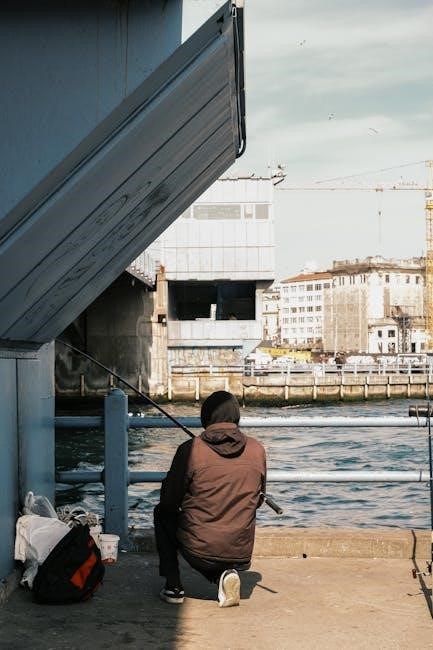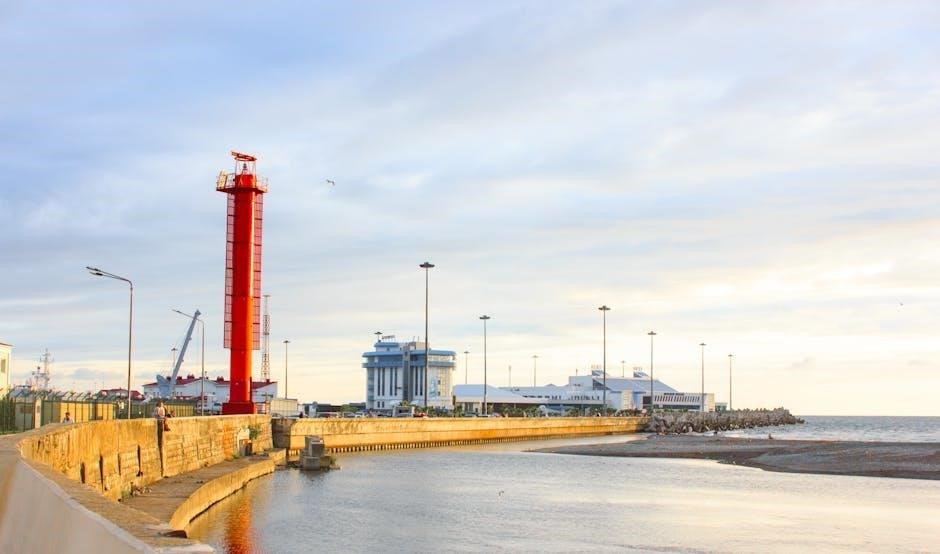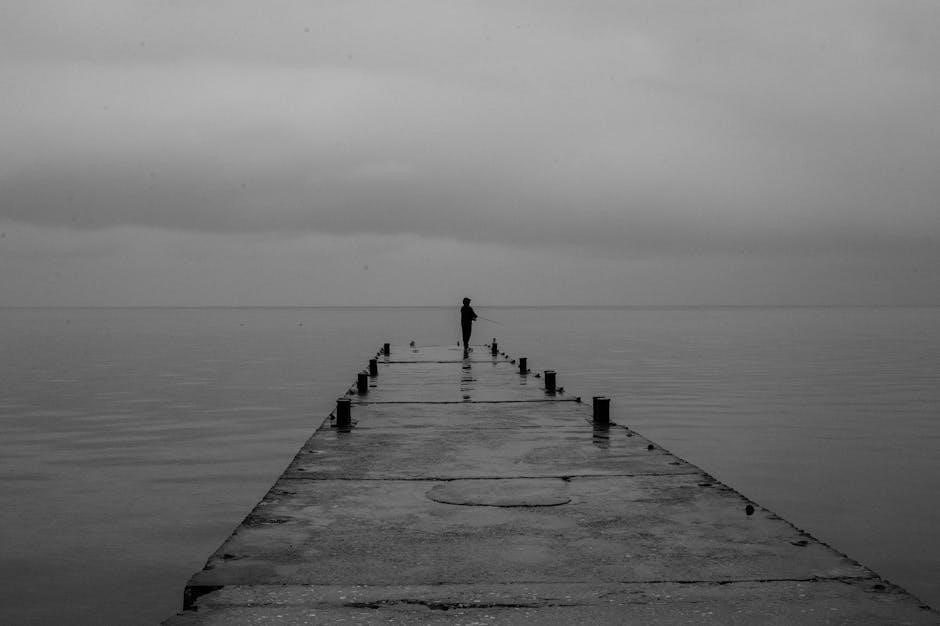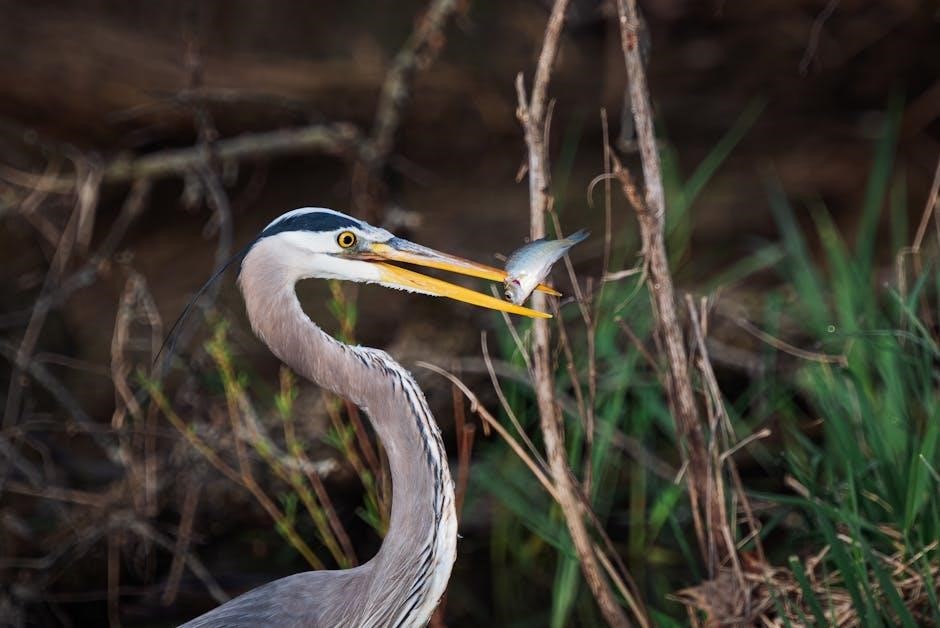How Much to Tip a Fishing Guide: A Comprehensive Guide
Embarking on a fishing charter is an exhilarating experience. Understanding fishing charter tipping etiquette is crucial. This guide offers insights and practical tips for navigating gratuity, communication, and handling unsatisfactory service, ensuring a memorable and respectful experience on the water.
Understanding Fishing Charter Tipping Etiquette
Navigating the world of fishing charter etiquette involves understanding customary guidelines and percentages for tipping. It’s a practice rooted in acknowledging the effort and service provided by the guide. While variations exist, a standard range for a great experience typically falls between 15-20% of the total trip cost. Think of it like tipping in a restaurant; anything below 15% might signal dissatisfaction. Many anglers are unsure how much to tip a fishing guide, but understanding these guidelines helps ensure a positive interaction and acknowledges the hard work of the guide in creating a memorable fishing experience. Ultimately, tipping is a personal choice, and these guidelines are here to help.
Standard Tipping Percentages for Fishing Guides
When considering a standard tip, aiming for 15% to 20% of the total trip cost is a common practice, mirroring restaurant tipping etiquette. This range acknowledges the guide’s effort and expertise. For exceptional service, exceeding 20% is appropriate. Anything below 15% might suggest dissatisfaction. In some regions, customary tips can be as low as 8% or as high as 30%, but 20% is the norm in many states. Remember, these percentages serve as guidelines; adjust based on your experience. Acknowledge the hard work and dedication your guide put into making your fishing trip successful and enjoyable. Ultimately, the tip reflects your satisfaction.
Factors Influencing Tip Amount
Several elements contribute to determining the appropriate tip amount for a fishing guide. These include the quality of service received, encompassing the guide’s knowledge, helpfulness, and overall demeanor. The guide’s effort and preparation, such as pre-trip planning and equipment readiness, also play a significant role. Fishing success, while not solely indicative of the guide’s skill, can influence the tip, especially if the guide worked diligently to find fish. Furthermore, the location and cost of living in the area can factor into the equation. Consider these aspects to ensure your tip accurately reflects the value of the experience and acknowledges the guide’s contributions to your fishing trip.
Quality of Service
The quality of service provided by the fishing guide is a primary determinant of the tip amount. A guide who is knowledgeable, attentive, and skilled enhances the overall experience. Consider their ability to effectively communicate fishing techniques, offer helpful advice, and maintain a positive attitude. Were they proactive in addressing your needs and ensuring your comfort? Did they demonstrate expertise in navigating the waters and locating fish? Exceptional service warrants a higher tip, reflecting the guide’s dedication to creating a memorable and successful fishing trip. Conversely, subpar service may justify a reduced tip, acknowledging areas for improvement.
Guide’s Effort and Preparation
Assess the guide’s effort and preparation levels when determining the tip. Did they invest time in preparing the boat, tackle, and bait before your arrival? A dedicated guide goes the extra mile to ensure all equipment is in optimal condition and tailored to the specific fishing conditions. Consider their willingness to adapt to changing circumstances, such as weather or fishing patterns. Did they demonstrate a proactive approach to finding fish and maximizing your chances of success? A guide’s commitment to preparation and tireless effort throughout the trip deserves recognition through a generous tip, showcasing appreciation for their hard work.

Fishing Success
While fishing success isn’t the only factor, it often influences tipping. Consider the guide’s role in your catches. Did they provide valuable insights into local fish behavior? Did they offer effective techniques and strategies? Remember, guides can’t control fish behavior entirely. A day with fewer catches doesn’t necessarily mean poor service. Evaluate their effort in finding fish, adapting to conditions, and providing opportunities. A successful day, thanks to the guide’s expertise, warrants a higher tip. Conversely, if the guide put in effort despite a slow day, acknowledge their dedication with a fair gratuity, regardless of the final count.
Location and Cost of Living
The location of your fishing trip and the local cost of living can influence appropriate tipping amounts. In areas with a higher cost of living, such as affluent countries or popular tourist destinations, a slightly larger tip might be more appropriate. Guides in these locations often face higher expenses, including boat maintenance, fuel, and insurance. Conversely, in regions with a lower cost of living, like Central or South America, a smaller tip might be considered generous. Researching the local economy and understanding the guide’s potential expenses can help you determine a fair and respectful gratuity that aligns with regional standards.
Tipping Scenarios
Navigating the waters of fishing guide gratuity can sometimes feel complex, especially when considering different employment situations. Several scenarios can influence how you approach tipping. Whether your guide is self-employed, operating within a larger lodge, or part of a crew with a captain and mate, understanding these nuances is crucial. Each scenario presents unique considerations. For instance, a self-employed guide receives the entire charter fee directly, while guides at lodges might receive only a percentage. Recognizing these differences allows for a more informed and appropriate tipping decision, reflecting appreciation for their specific roles and circumstances during your fishing excursion.
Self-Employed Guides
When your fishing guide is self-employed, the dynamic of tipping can feel slightly different. In this scenario, the guide receives 100% of the charter fee, meaning your payment goes directly to them. Some anglers struggle with the idea of tipping in this situation, questioning its necessity since the guide isn’t sharing revenue with a larger operation. However, it’s important to remember that self-employed guides still incur significant expenses, including boat maintenance, fuel, insurance, and equipment upkeep. A tip acknowledges their expertise, effort, and dedication to providing a memorable experience. Consider it a direct thank you for their hard work and a contribution to their continued success as an independent professional.
Owner/Captain Situations
Tipping the owner/captain of a fishing charter can present a slight dilemma. The captain bears the weight of boat loans, insurance, responsibility, and liability, differentiating their role from that of a hired guide. While they receive the charter fee, a gratuity is still customary for exceptional service. Consider the effort they put into ensuring a successful and enjoyable trip. Factors such as their knowledge, attentiveness, and willingness to go the extra mile warrant a tip. Even though they own the boat, tipping acknowledges their personal investment in making your fishing experience memorable. Treat it as a gesture of appreciation for their expertise and dedication to their craft.
Multiple Crew Members (Captain and Mate)
When a fishing charter includes both a captain and a mate, understanding the tipping protocol is essential. Typically, the standard tipping percentage (15-20%) should be split between the crew members, with the captain usually receiving a slightly larger portion due to their overall responsibility. Observe the division of labor; if the mate actively assists with baiting hooks, cleaning fish, and providing personalized attention, acknowledge their contribution accordingly. Open communication can clarify expectations; don’t hesitate to inquire about how tips are typically distributed. Ultimately, base your decision on the quality of service provided by each crew member, ensuring that both the captain and mate are appropriately rewarded for their efforts in creating a successful fishing experience.
General Tipping Guidelines

Navigating fishing charter tipping etiquette can be straightforward with some general guidelines. A standard tip of 15% to 20% of the total trip cost is customary for satisfactory service. This range acknowledges the guide’s effort in preparing for the trip, providing expertise, and ensuring a safe and enjoyable experience. Adjust the percentage based on your satisfaction level; exceeding expectations warrants a higher tip. Conversely, if the service is truly unsatisfactory, consider a lower tip, but communicate your concerns constructively. Remember, tipping is a personal choice, but adhering to these guidelines demonstrates appreciation for the guide’s hard work and dedication. For exceptional service, consider exceeding the standard range as a bonus.
15% ⏤ 20% as a Standard
When considering how much to tip a fishing guide, a good starting point is the commonly accepted range of 15% to 20% of the total cost of the charter. This standard acknowledges the guide’s preparation, expertise, and effort in ensuring a successful and enjoyable fishing experience. This percentage is a baseline for adequate service, reflecting the expectation that the guide met the basic requirements of the trip. Factors such as the guide’s knowledge, helpfulness, and overall demeanor should influence your decision within this range. If the guide provided competent service and a pleasant experience, adhering to this 15%-20% guideline is appropriate. It’s a balanced approach that respects the guide’s profession and contribution to your fishing adventure.
Adjusting Based on Satisfaction
While 15%-20% serves as a general guideline, the actual tip amount should reflect your satisfaction with the service provided. If the guide exceeded expectations, demonstrating exceptional knowledge, going the extra mile to find fish, or providing outstanding customer service, consider tipping towards the higher end, or even beyond, the standard range. Conversely, if the service was subpar, with the guide being unhelpful, unprepared, or lacking in fishing expertise, reducing the tip accordingly is acceptable. Open communication is essential. If you’re dissatisfied, politely express your concerns to the guide or charter operator. Adjusting the tip based on your experience ensures that gratuity accurately reflects the quality of service received, encouraging guides to consistently deliver excellent experiences. Ultimately, the tip should be a direct reflection of your satisfaction.
Minimum Tip for Dissatisfactory Service
Even with a less than stellar experience, completely withholding a tip may not always be appropriate. If the guide made a genuine effort, despite challenges like unfavorable weather or uncooperative fish, a small token of appreciation acknowledges their attempt. A tip of around 10% could be considered in these instances. However, if the poor service stemmed from negligence, lack of preparation, or unprofessional behavior on the guide’s part, a reduced tip, or none at all, may be justifiable. Communicate your concerns calmly and respectfully to the guide or charter operator, explaining why you felt the service was inadequate. This provides valuable feedback for improvement. Remember, the goal isn’t to penalize unfairly but to ensure accountability and encourage better service in the future. A minimum tip demonstrates respect while also acknowledging shortcomings.
When to Tip More
While 15-20% serves as a standard guideline, certain circumstances warrant exceeding this range. Exceptional service, marked by the guide’s extensive knowledge, unwavering patience, and genuine dedication to ensuring an unforgettable experience, deserves a higher gratuity. If the guide goes above and beyond, such as providing personalized instruction, sharing unique insights about the local ecosystem, or demonstrating remarkable problem-solving skills to overcome challenges, consider increasing the tip to reflect their extraordinary effort. A larger tip also acknowledges instances where the guide dedicates extra time to the trip or puts in significant effort to help you land a prized catch. Ultimately, tipping more is a tangible way to express sincere gratitude for a truly outstanding and memorable fishing adventure, exceeding basic expectations.
Exceptional Service
Exceptional service transcends the ordinary, leaving a lasting impression. A guide demonstrating in-depth knowledge of fishing techniques, local waters, and fish behavior provides exceptional value. Their patience, especially with novice anglers, and ability to adapt to changing conditions contribute significantly to a positive experience. A guide who willingly shares insights, offers personalized instruction, and goes the extra mile to ensure your comfort and enjoyment deserves recognition. Look for proactive problem-solving, genuine enthusiasm, and a commitment to creating a memorable trip. Exceptional service elevates the fishing charter from a simple outing to an enriching and rewarding adventure, warranting a higher tip as a token of appreciation for their dedication and expertise. Such service goes beyond meeting basic expectations.
Going Above and Beyond
A fishing guide who goes above and beyond elevates the experience beyond expectations. This might involve extending the trip slightly to pursue a promising bite, providing extra gear or bait at no additional cost, or offering personalized recommendations for local restaurants and activities. Guides who share captivating stories about the area’s history, ecology, or local culture enhance the overall experience. If your guide anticipates your needs, readily assists with tasks beyond their standard duties, and demonstrates a genuine passion for ensuring your satisfaction, it signifies a commitment to exceeding expectations. Such dedication merits a higher tip, reflecting your gratitude for their extra effort and the enhanced value they brought to your fishing charter. Remember, rewarding exceptional service encourages guides to continue providing outstanding experiences for future anglers, fostering a culture of excellence within the industry.

Alternative Tipping Amounts

While percentage-based tipping is common, some anglers prefer alternative approaches. A flat rate, such as $100 per day, can serve as a starting point, especially for trips exceeding $400. Consider the overall trip cost when determining a suitable tip. For instance, on a more expensive charter, a slightly lower percentage might still result in a generous tip. Conversely, for shorter or less costly trips, a higher percentage or a fixed amount might be more appropriate to adequately compensate the guide. Adjust the alternative amount based on the guide’s effort, fishing success, and overall satisfaction. Factors like the location’s cost of living can also influence your decision. Remember, the goal is to express appreciation for the guide’s services in a way that feels fair and reflects the value you received from the experience. Ultimately, the most important factor is your level of satisfaction with the trip.
$100 per Day as a Starting Point
For anglers seeking a straightforward approach, $100 per day can be a good baseline for tipping a fishing guide. This is especially useful for trips where calculating a percentage feels cumbersome or when the overall cost is high. It ensures a minimum level of compensation for the guide’s time and effort, acknowledging their preparation, expertise, and dedication to providing a good experience. If the service exceeds expectations, feel free to increase this amount. Consider factors like the guide’s local cost of living and the difficulty of the fishing conditions. Remember that this is just a starting point, and your final tip should reflect your satisfaction. If the guide went above and beyond, a more generous tip would be appropriate. Conversely, if you were less satisfied with the service, you might consider adjusting the tip downward, while still providing a minimum token of appreciation.
Considering the Trip Cost
A primary factor in determining the appropriate tip amount is the overall cost of the fishing trip. As a general guideline, aim to tip between 15% and 20% of the total cost for satisfactory service. For exceptional service, consider exceeding this range. If the trip was particularly expensive, even a lower percentage can still result in a generous tip. Conversely, for budget-friendly trips, you might opt for a fixed amount that reflects the guide’s effort. Remember to factor in any additional expenses, such as equipment rentals or licenses, when calculating the tip. The trip cost serves as a benchmark for ensuring a fair and equitable gratuity. It’s important to be mindful of the local economy and adjust the tip accordingly to align with the prevailing tipping norms. This approach helps maintain a balance between expressing your appreciation and remaining fiscally responsible.
